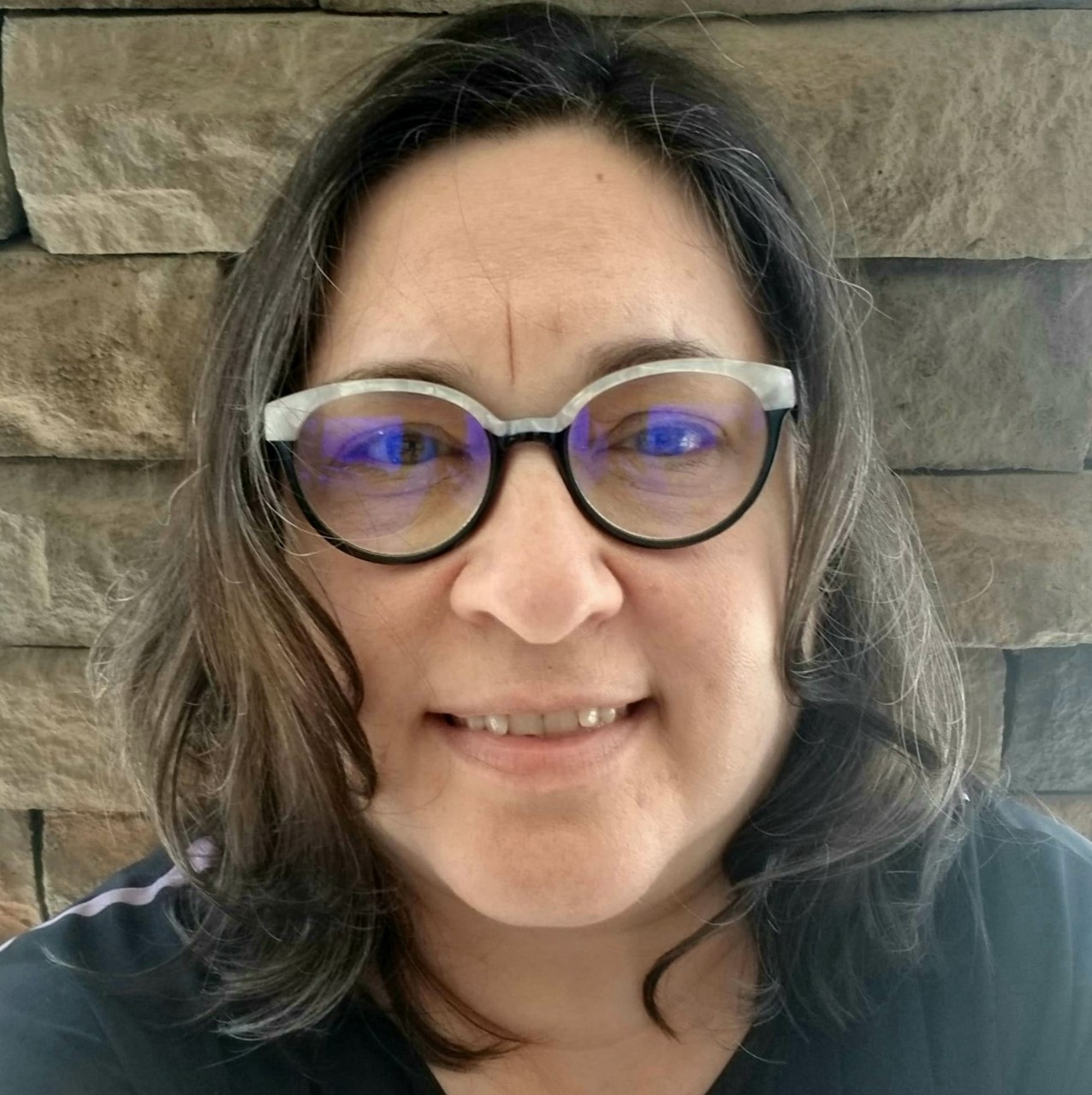The Glass Plates of Lublin: Found Photographs of a Lost Jewish World.
Eds. Piotr Nazaruk, Lisa Newman, and Aaron Lansky. White Goat Press, 2022
Perhaps not all pictures are worth a thousand words, but when images reach us through the years of a lost world, they speak profoundly. The Yiddish Book Center’s White Goat Press has recently released a beautiful, hard-bound volume featuring photographs that share the daily life of Lublin between the world wars. The photos have reached us via the 2010 discovery, by Krysztof Janus, a specialist in architectural history and monument conservation, of a collection of glass plates in the attic of a nineteenth-century Lublin tenement house. The plates – dirty and sometimes broken, each just under four by six inches and numbering almost three thousand – were boxed and found in a pile of trash. Despite their poor treatment in humid conditions and being only partially protected from the elements, the vast majority were recoverable through an intensive conservation process. In 2012, they went on display at Lublin’s Grodzka Gate-NN Theatre Center. The remarkable plates have since been the subject of a documentary and inspired a play. Now, in 2022, the Yiddish Book Center shares them with America in a compelling coffee table style volume at an affordable price.
Over the decade since their discovery, the collection has been researched and analyzed. While the volume’s introduction suggests the research is “thorough,” readers will clearly see how much necessarily remains vague or unknown. In 2015, a researcher at the State Museum at Majdanek discovered the likely photographer who made these images and saved these plates: Abram Zylberberg, whose name appears as a signature on at least one of the plates (and would have appeared on the photographs made from them). We learn more about Zylberberg and his studio in a brief but engaging introduction by Grodzka Gate-NN Theatre Center’s curator, Piotr Nazaruk. We discover that the plates are mostly “unsuccessful takes” of personal and group photos, with little artistry but a directness that helps us know we are engaging with lived history, from around 1913 to the 1930s. We glimpse some of the diversity of Lublin and its Jewish communities from across the years, a remarkable yet haunting experience.
Within the book’s ample images – often enlarged to fill whole pages of the nine-by-twelve, 136-page book – we see wedding photos and work groups, family outings and celebrations, vehicles, and buildings. Perhaps half of the photographs receive captions, identifying whatever has been discovered about them, from information on gravestones to the Yiddish newspaper in a man’s hands as he sits on a park bench. Upon first reading, I confess I felt frustration with how little we know. I wanted more from the book’s editors: In what village are the men and women raking hay? Who paid for the photo of the blacksmith’s shop and the roofers with their table
saw? What are the three sisters thinking as their portrait is taken amidst local greenery, and why do two smile, while the third does not?
After spending more time poring over the images, however, I stopped looking for explanations and just let myself see and feel. I realized that the strength of this volume is how each and all photographs in this arbitrary if representative trove speak to us with their genuineness. However posed and framed, these are real men, women, and children, and we see them without their knowledge, from beyond the (mass) graves. Those we are privileged to meet here could have been us, and they remind us of all that would be stolen forever in only a few short years. At once, these remarkable photographs destroy and revive us as they rehumanize the lost, refusing the Final Solution with astonishing freshness.

Elyce Rae Helford, PhD, (www.elycehelford.com) is professor of English and director of Jewish and Holocaust Studies at Middle Tennessee State University. Her most recent book is What Price Hollywood?: Sex and Gender in the Films of George Cukor. Reach her at elyce.helford@mtsu.edu.

0Comments
Add CommentPlease login to leave a comment